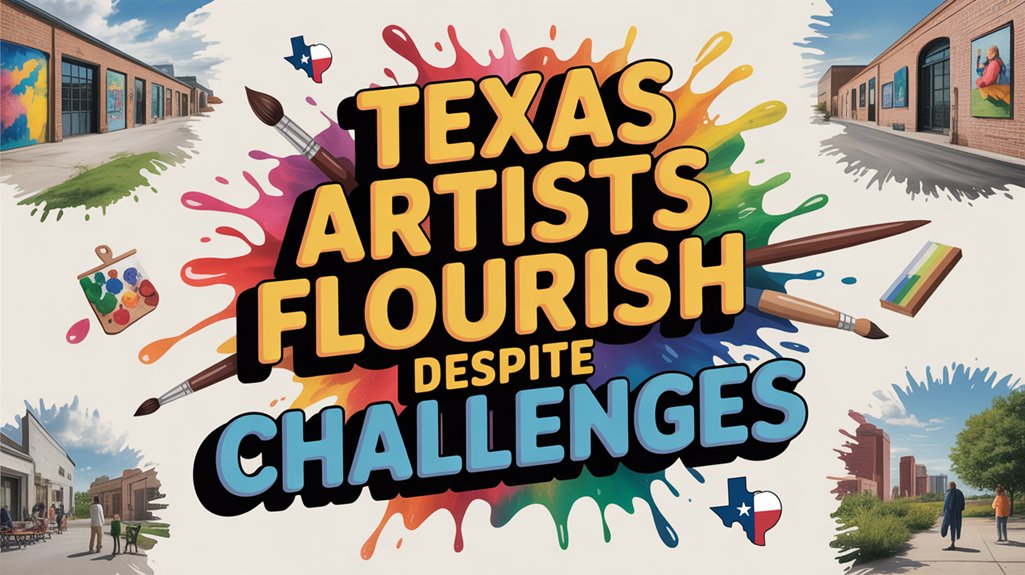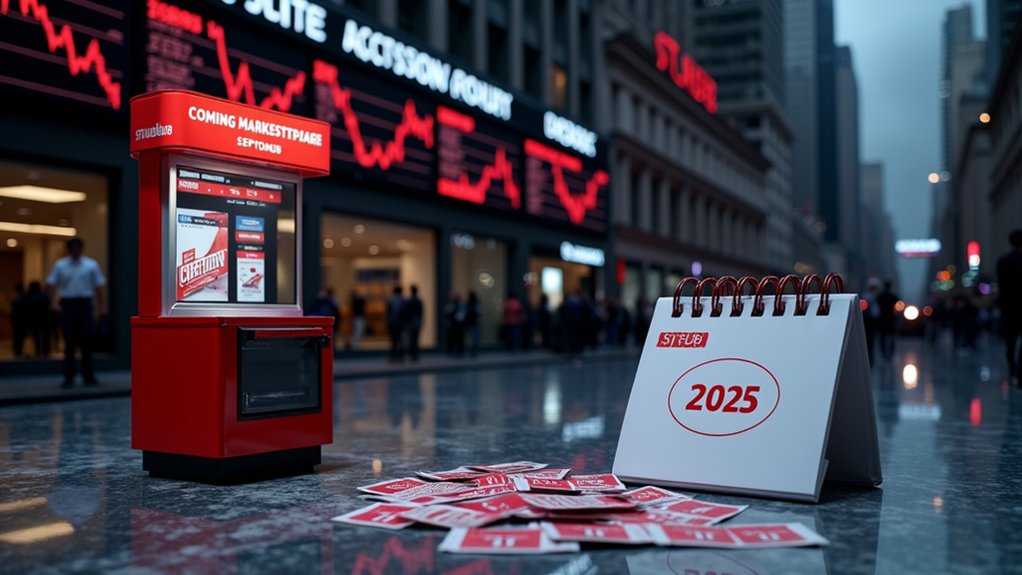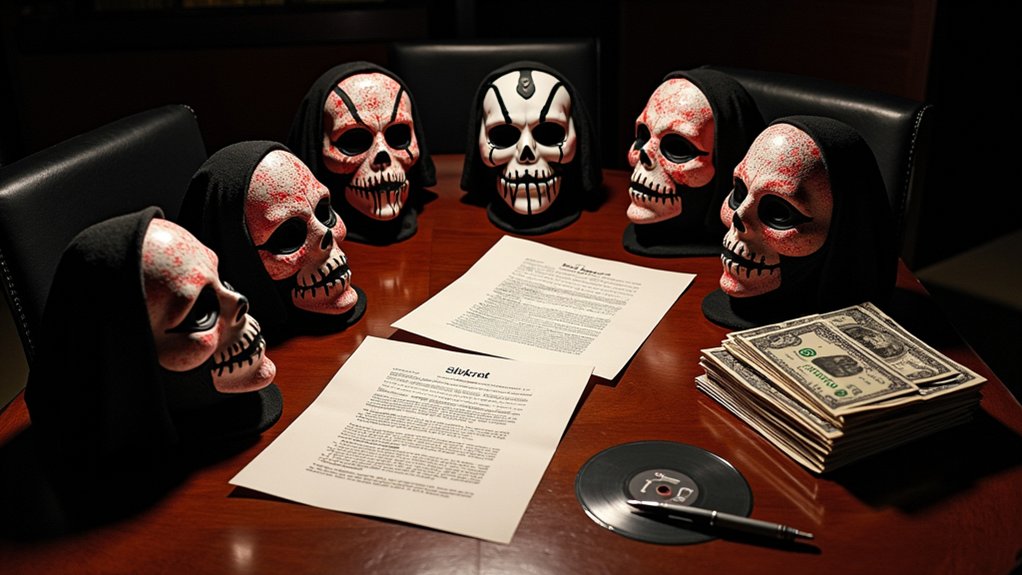A vibrant tapestry of cultural and economic growth has emerged across the Lone Star State as Texas artists increasingly become essential contributors to the state’s booming creative economy. The Texas Arts and Culture Industry has demonstrated remarkable resilience, growing by 63% over the past decade despite periodic challenges from natural disasters and shifting political landscapes.
The economic impact of this creative renaissance is considerable, with the sector generating $7.3 billion in taxable sales in 2025 and contributing $459.1 million in state sales tax revenue. Nearly 960,000 Texans now work in creative careers, representing approximately one in every 14 jobs statewide. This employment surge continued in 2023 with a 2.5% increase in creative industry jobs, with museums and collections seeing the highest growth at 6.7%.
Texas’s creative economy continues to fuel remarkable growth, generating billions in revenue while employing nearly a million residents across the state.
San Antonio exemplifies this trend, with its creative industry producing $5.18 billion in economic output in 2023. Creative professionals in the region have shown exceptional entrepreneurial spirit, with artists being 3.5 times more likely to be self-employed than workers in other industries. Many Texas musicians have discovered that sync licensing deals provide substantial income by placing their original compositions in films, commercials, and video games. Local artists are increasingly setting clear promotional goals to maximize their reach through targeted social media campaigns and streaming platform engagement. The city’s Department of Arts & Culture has commissioned economic impact studies to track this growth and develop targeted support programs for local artists and entrepreneurs.
Cultural tourism has emerged as a powerful economic driver, with one in four Texas visitors participating in cultural activities. These culture-seeking tourists typically stay longer and spend more than other visitors, prompting the Texas Commission on the Arts to fund approximately 180 organizations yearly specifically to promote cultural tourism.
The benefits extend beyond economics into education, where students highly engaged in arts are up to 46% more likely to pass the Texas Success Initiative and twice as likely to meet AP/IB criteria. Arts participation supports cognitive development, boosting abilities by approximately 17%, though challenges remain—61% of elementary arts teachers lack arts certification, creating disparities between suburban and rural schools. Recently released data from the State of the Arts Report also shows that suburban schools offer 59% more arts courses than their rural counterparts, highlighting the ongoing need for equitable arts access.
Looking ahead, the Texas Commission on the Arts’ 2025-2029 plan aims to further advance the state’s economy through strategic creative investments, ensuring that Texas artists continue to thrive while contributing considerably to both cultural vibrancy and economic prosperity across the state.




